Why Palm leaf
& Why we do what we do
Our Mission
LEEF was founded out of a deep need to make modern society more sustainable and to fight the ever-growing mountains of plastic waste. It is impossible to imagine today's society without disposable products. We acknowledge that we cannot easily change society, but we can provide it with products that will guide it towards more sustainable consumption habits. Sustainability does not necessarily have to be the main concern of our customers, because our plates and bowls made from palm leaves are also far superior to conventional disposable plastic tableware in terms of appearance, feel and stability.
The Market
Besides palm leaf, other compostable materials are available for the production of sustainable disposable tableware. All these other alternatives to plastic have one common drawback: their production requires very large amounts of energy and resources. Another shortcoming shared by these materials is that they are often in fact difficult to compost. Although they are based on renewable raw materials, they take longer to compost than the cycle of an industrial composting plant and therefore have to be filtered out and incinerated at the end of their life.
Why Palm Leaf
Palm leaf is different! It is nothing more than the leaf of an areca palm that has naturally fallen to the ground. The material does not have to be specially cultivated and processed. It is taken from nature according to the borrowing principle, reshaped a little and returned to it directly after use. This cycle is called cradle-to-cradle. In our opinion, only products that are produced and processed according to this approach are truly sustainable. That is why our heart beats for palm leaf.
Rainforest Conservation
Through our business branch LEEF unlimited (LU) we offer plates with rainforest protection: each plate protects one square metre of endangered rainforest. With our non-profit project "LEEF Events", we support events in reducing plastic waste through the use of our palm leaf plates and at the same time preserve precious rainforest for future generations. This is our way, leaf by leaf, plate by plate.
What makes our products unique
sustainably packed in compostable foil
hand washable

We turn disposable into circular
...because we borrow leaves, use them and give them back - without chemicals, additives or any detours.
PALM LEAF COMPARED TO OTHER SUSTAINABLE PACKAGING PRODUCTS
| Palm leaf | Sugarcane/Bagasse | PLA/CPLA/PHA | Paper | |
|---|---|---|---|---|
| Material | Dried palm leaf | Sugarcane mash | Synthesized from corn or potato starch | Wood fibres |
| Production | Drying, pressing and cutting of naturally fallen Areca palm leaves | By-product of sugar cane production. Similar to paper production | Made from lactic acid molecules | Physical and chemical treatment of sawdust |
| Other Uses | None | Insulation material, Chemical industry, heating media | Similar to conventional plastics: foils, composites, 3D printing | Countless |
| Formability | Restricted due to its natural shape | Unrestricted | Unrestricted | Unrestricted |
| Aesthetic | Attractive, woody with grains | Neutral, white-beige, similar to paper. Classic disposable feeling | Similar to conventional plastic | Classic disposable feeling |
| Environmental footprint | Minimal, as it is agricultural waste | Average, as use of an agricultural by-product but very water intensive (similar to paper production) | Critical (Intensive farming, intensive usage of agricultural area) | Critical (wood and water intensive, often coated with plastic or PLA) |
| CO2 balance | Minimal to neutral depending on disposal, because even when burned, only the CO2 that was in the leaf is released 1 (shipping has been compensated for) | No reliable data available as variable depending on context | No reliable data available as variable depending on context (according to manufacturer approx. 500 kg CO2 per ton) 2 | No reliable data available (according to online comparison approx. 676 kg CO2 per ton) 3 |
| Regionality | Not applicable (country of origin: India) | Not applicable (Origin: tropics and subtropics, processing mainly in China) | Possible, but very seldom (origin of raw materials usually USA, processing mainly in China) | Partially |
| Heat resistance | Until 180°C (30 Minuten) | Until 120°C | PLA until 40°C/CPLA until 85°C | Limited, depending on material thickness |
| Fluid resistance | Many hours | Very limited (depending on coating & material thickness) | Permanent | Very limited (depending on coating & material thickness) |
| Compostability | Naturally compostable | Only industrial composting plants | Only industrial composting plants and here very limited | Predominantly not compostable because of coating |
